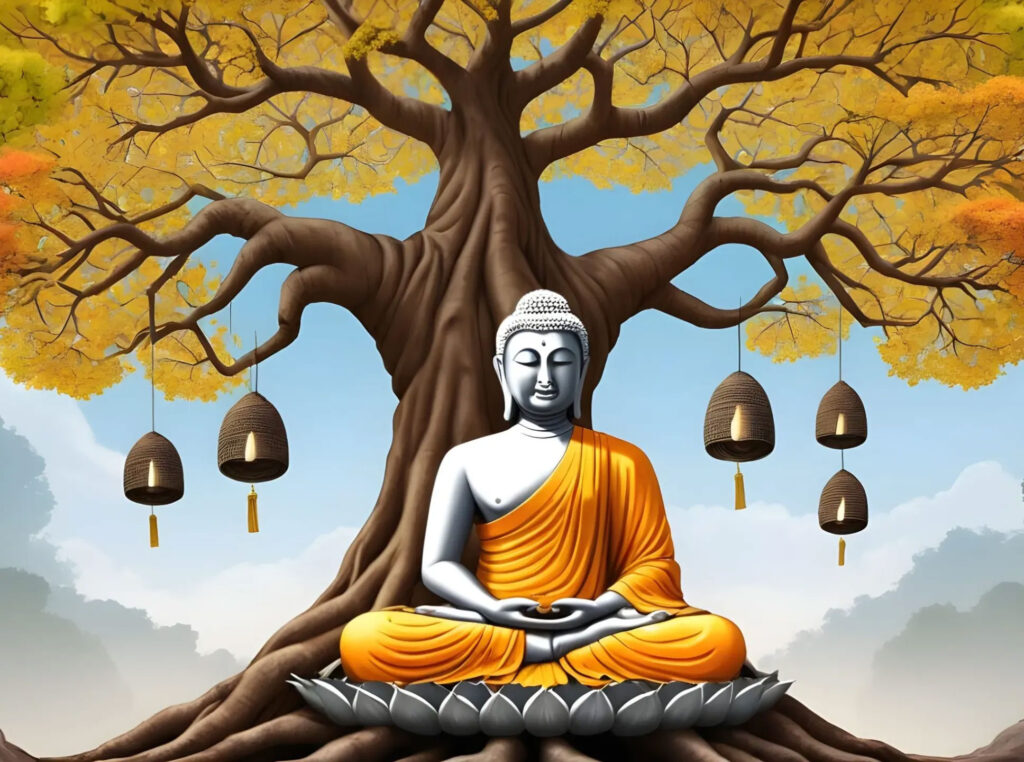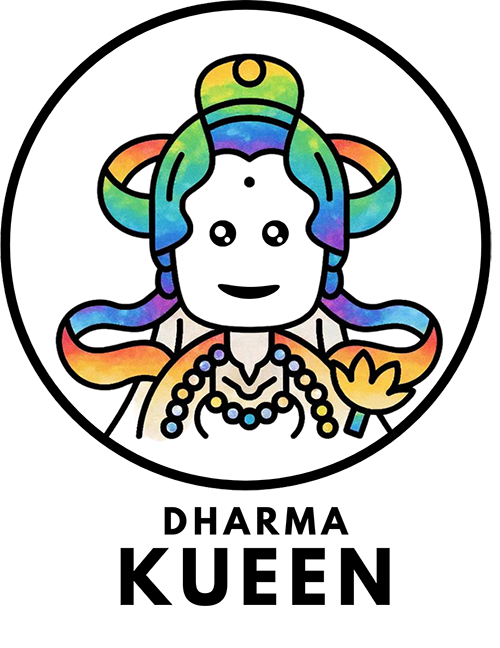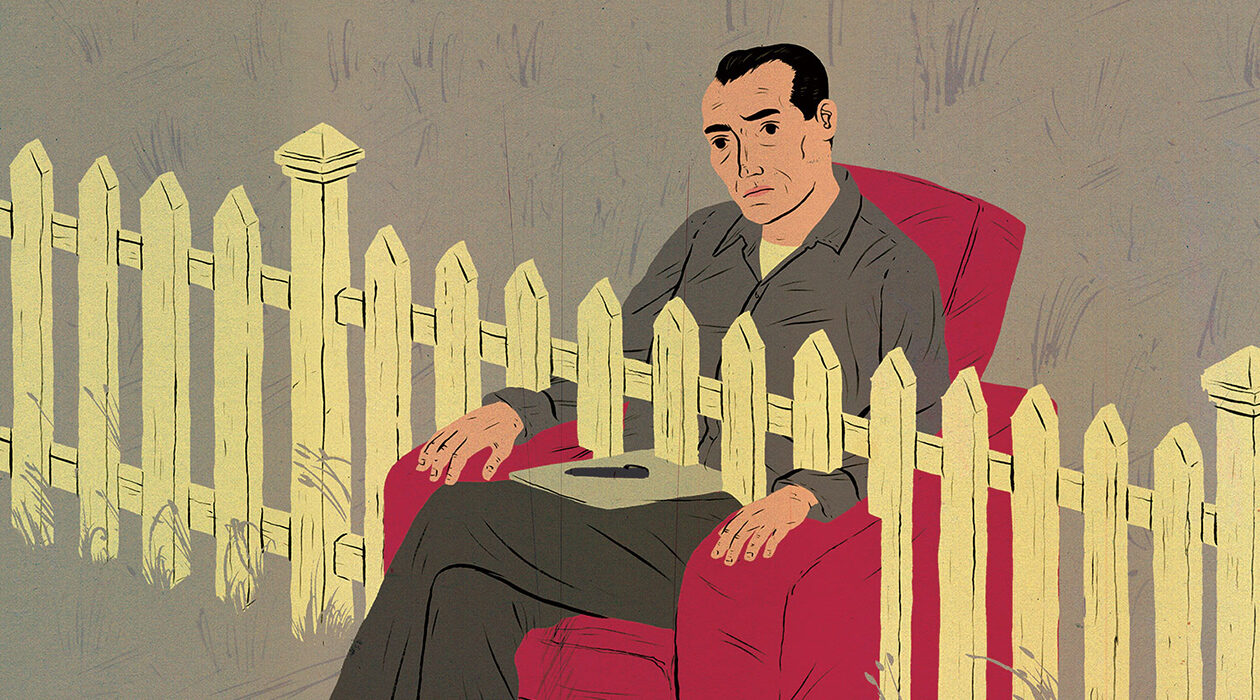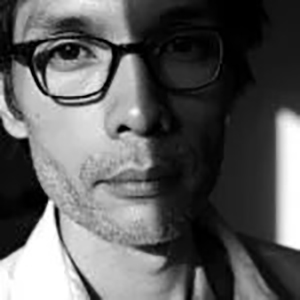Think of them as Buddhism stepping out of the cave and into the streets, sashaying with compassion and carrying a protest sign that reads: “May All Beings Be Free (Yes, That Includes Queers).”

Humanistic Buddhism: Dharma for Daily Life
Humanistic Buddhism is basically the Buddha saying, “Enlightenment is cute, but what about your Tuesday afternoon mood swings?”
It’s grounded in six flavors: humanism, altruism, daily practice, joy, timeliness, and universal compassion. Translation? It’s about bringing the Dharma into the messiness of ordinary life—work emails, family dinners, Grindr profiles—because liberation isn’t just an escape hatch from the world, it’s a way of living in it.
Engaged Buddhism: Dharma in Protest Boots
Engaged Buddhism, on the other hand, got loud in the 20th century, especially during the Vietnam War. Enter Thích Nhất Hạnh, who wasn’t just meditating under a tree—he was organizing peace talks, rebuilding bombed-out villages, and writing books that slapped harder than a drag queen’s fan on Pride Sunday.
For him, compassion wasn’t passive. It meant showing up, feeding refugees, speaking truth to power. In other words: the Dharma marched.
So, Is Buddhism Activism?
Here’s the juicy question: when does practice become protest? When does “sitting with suffering” turn into “standing up against oppression”?
Traditional Asian cultures often leaned into consensus and harmony over confrontation. But Buddhism, at its core, has always preached interdependence: we are not separate, so your liberation is bound up with mine. That’s not just philosophy—that’s a political statement.
If my neighbor’s suffering is tied to mine, then guess what? Caring about justice, climate change, queer rights—that’s Dharma, baby.
Compassion on Your Plate: To Meat or Not to Meat
Take vegetarianism. I don’t eat meat—not because I wanted to save the planet like Paul McCartney’s Meat-Free Monday campaign—but simply because I didn’t want my dinner to be someone else’s last breath.
That’s compassion, not activism, right? But here’s the catch: Mahāyāna Buddhism teaches that every being has Buddha-nature. Killing to feed ourselves contradicts that. Even if you only do veggie days twice a month, it’s a radical act of saying: “I refuse to build my joy on someone else’s suffering.”
That’s activism disguised as dinner.
The Four Boundless Qualities: Queer Dharma Fuel
Buddhism gives us the Brahmavihāras—loving-kindness, compassion, empathetic joy, and equanimity. They sound like Hallmark card slogans, but lived deeply, they’re dynamite.
These virtues rewire how we meet injustice. They remind us: don’t just curse the darkness, light a candle—and maybe also draft a petition, call your senator, and hug your chosen family while you’re at it.
When Dharma Meets Drag (and Discrimination)
As a queer Buddhist, I’ve felt the burn of hypocrisy. Once, during a temple tour I was guiding, someone told me to “man up.” My delivery was fine—but apparently my queerness wasn’t the flavor of “Buddhist masculinity” they expected.
That sting almost made me walk away from Buddhism altogether. How can a tradition that preaches compassion ignore the suffering of marginalized folks? How can temples preach equanimity while quietly policing gender expression?
But here’s what I realized: the teachings themselves aren’t broken. People are. Bias sneaks in where Dharma should’ve been enough. That’s where queerness and activism become part of the Buddhist path: calling out hypocrisy while staying rooted in compassion.
Was Buddha an Activist?
Let’s rewind. After his enlightenment, the Buddha didn’t just vibe under the Bodhi tree. He got up, walked into a deeply stratified society, and told people: “Hey, women can practice too. Hey, caste doesn’t define worth. Hey, liberation is for everyone.”
Sounds like activism to me.
Walpola Rahula said it clearly: Buddhism was born as a challenge to social injustice. The Buddha didn’t storm palaces, but he dismantled the caste system with wisdom instead of swords. That’s activism with skillful means.
So What About Us?
Do you have to hold a protest sign to be an activist Buddhist? Not necessarily. Sometimes it’s meditation, sometimes it’s Meat-Free Mondays, sometimes it’s gently clapping back at a homophobic aunt. What matters is this: if your practice doesn’t ripple outward into compassion for others, what’s the point?
The Kalama Sutta said it best: don’t cling to dogma. Investigate, reflect, and live only what benefits “the good of one and all.” That’s not just spirituality—it’s activism as a daily ethic.
The Queer Dharma Drop
Queerness and Buddhism share a secret: we both thrive when we disrupt the script. The Buddha disrupted ancient India’s hierarchies. Queerness disrupts society’s binaries. Both say: another world is possible.
So maybe the Buddha was the original activist—minus the picket sign, plus a lot of wisdom. And maybe us queer Buddhists are his drag children, carrying the legacy forward in rainbow robes.
✨ Final Word: Practice without compassion isn’t Dharma. Compassion without action isn’t complete. The world doesn’t just need Buddhists who meditate. It needs Buddhists who show up.





